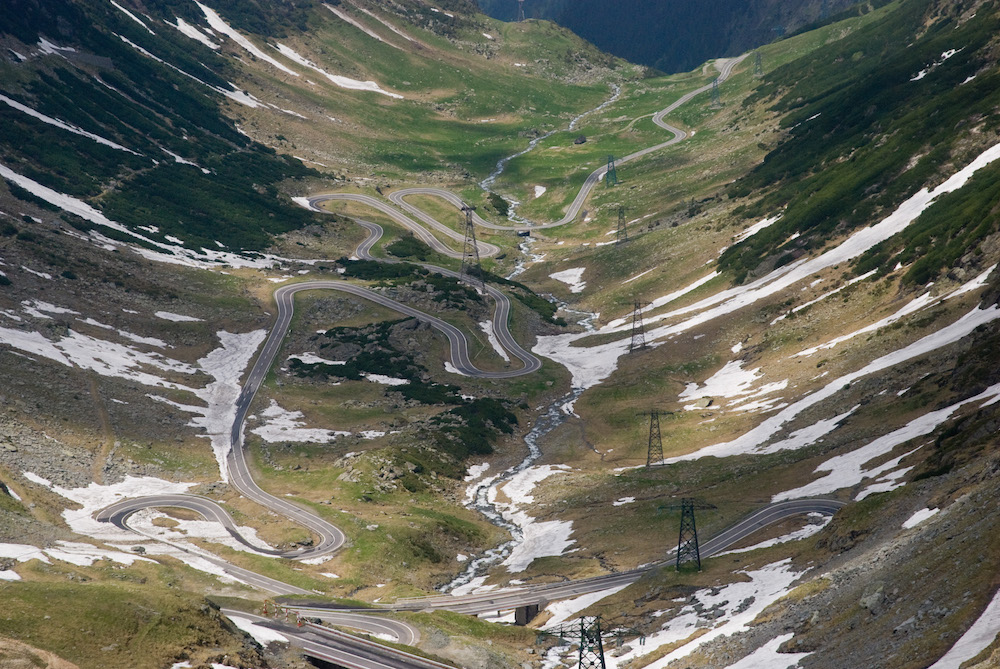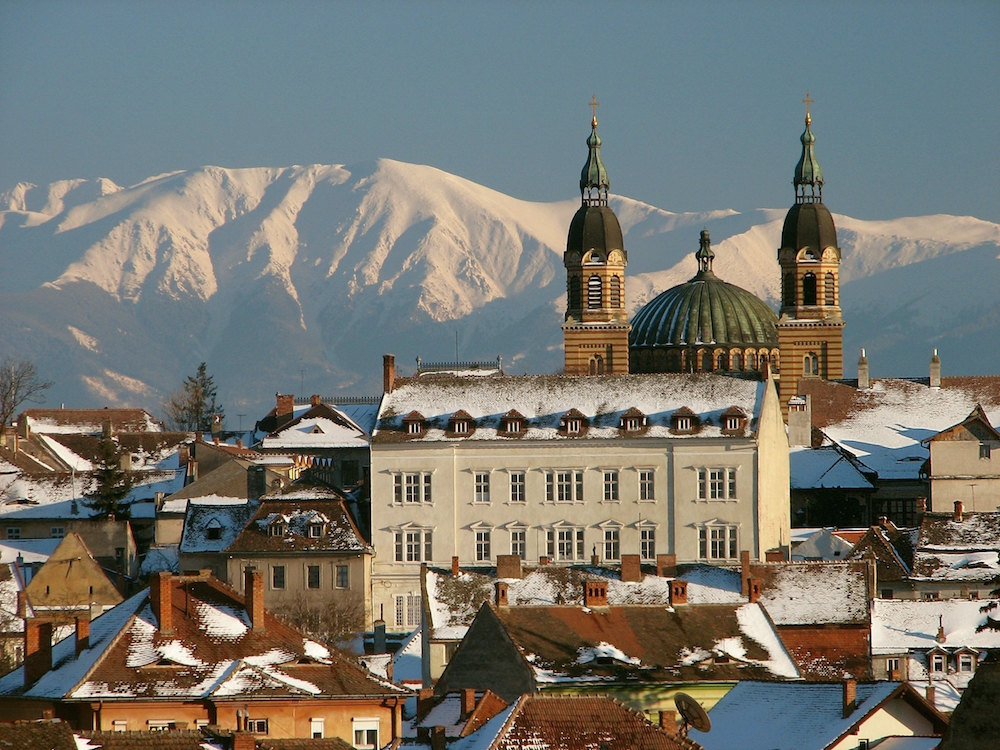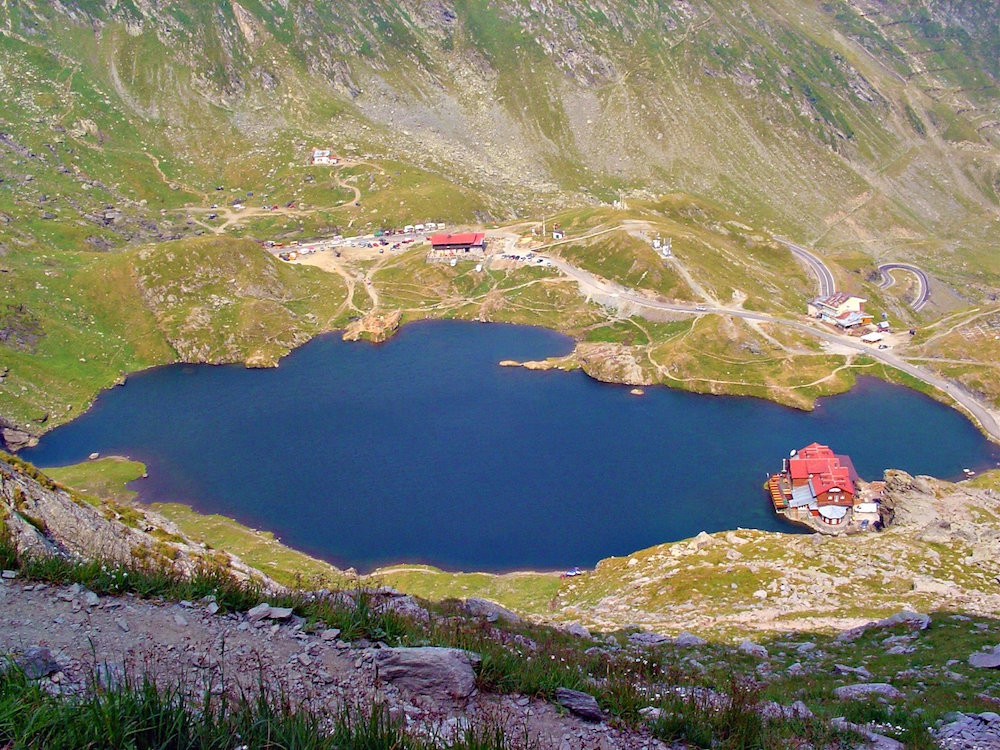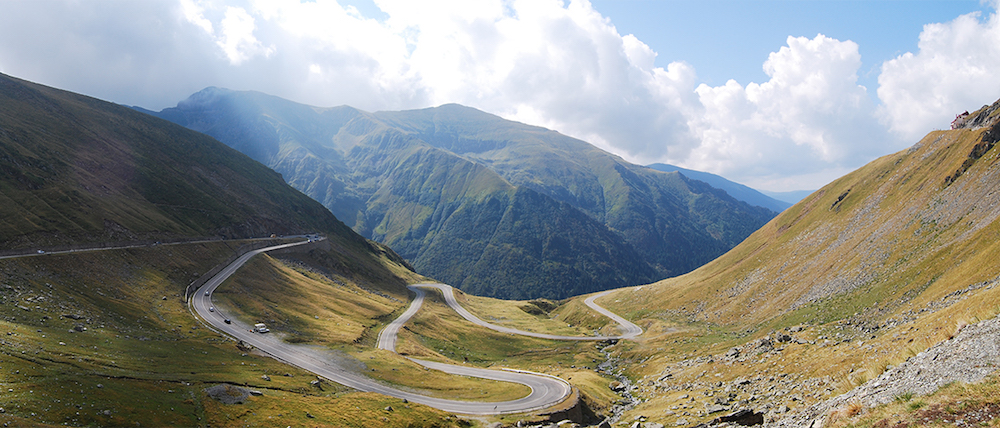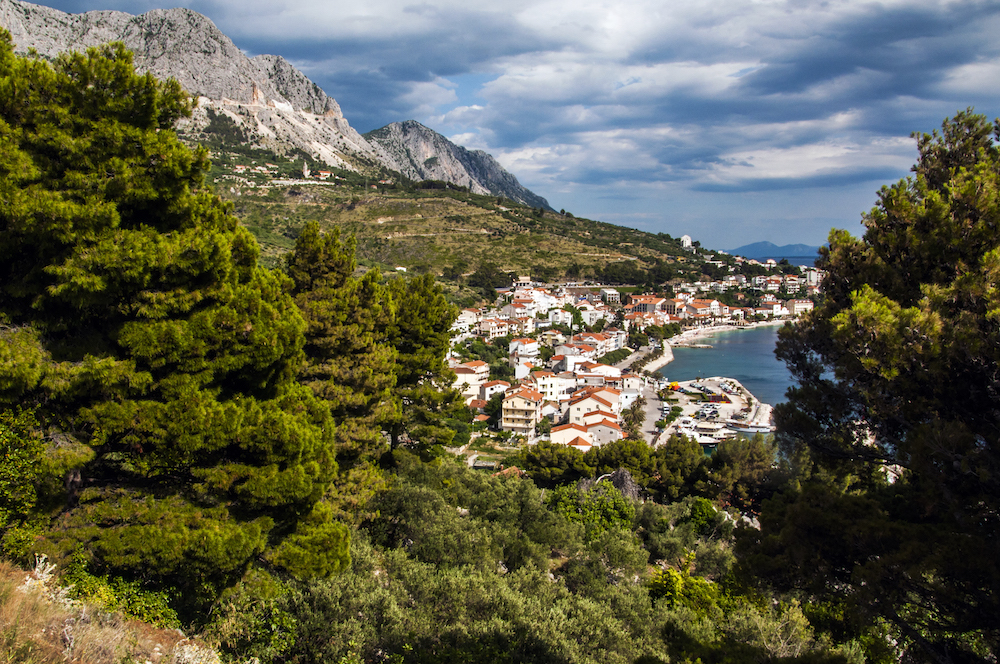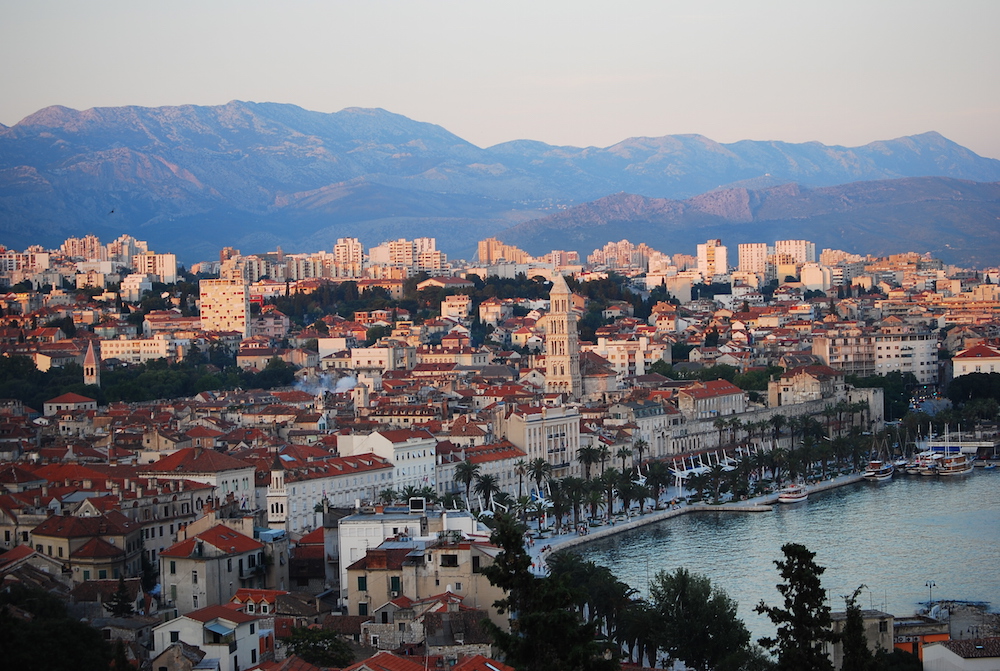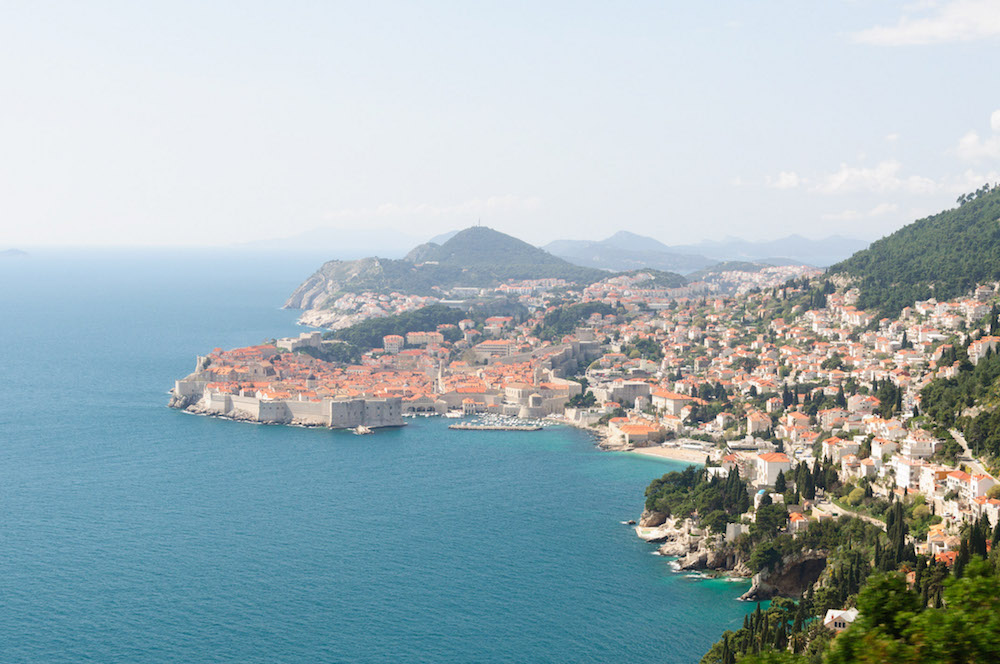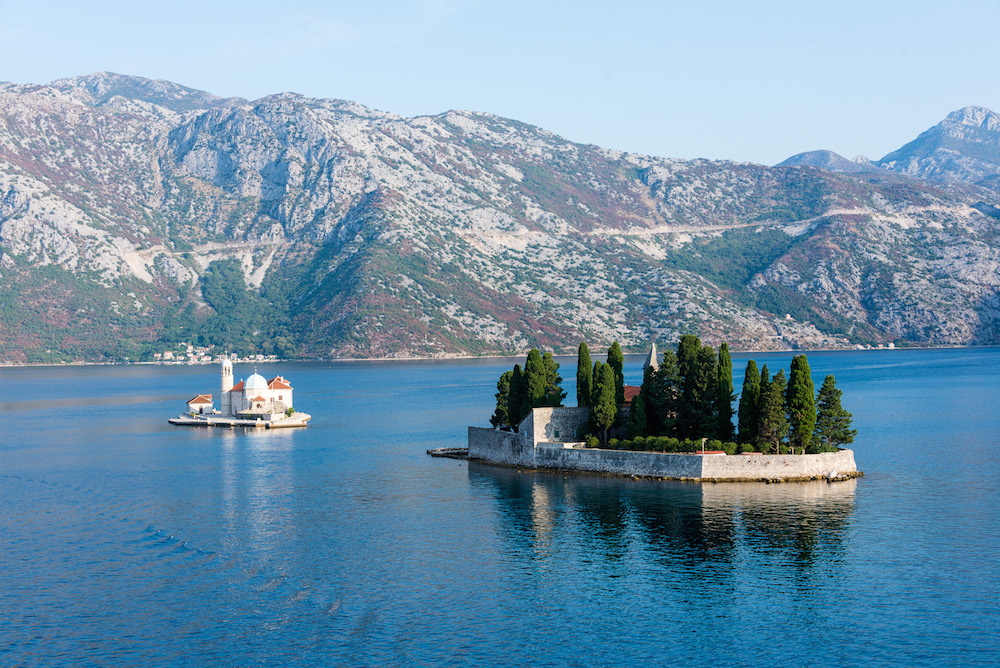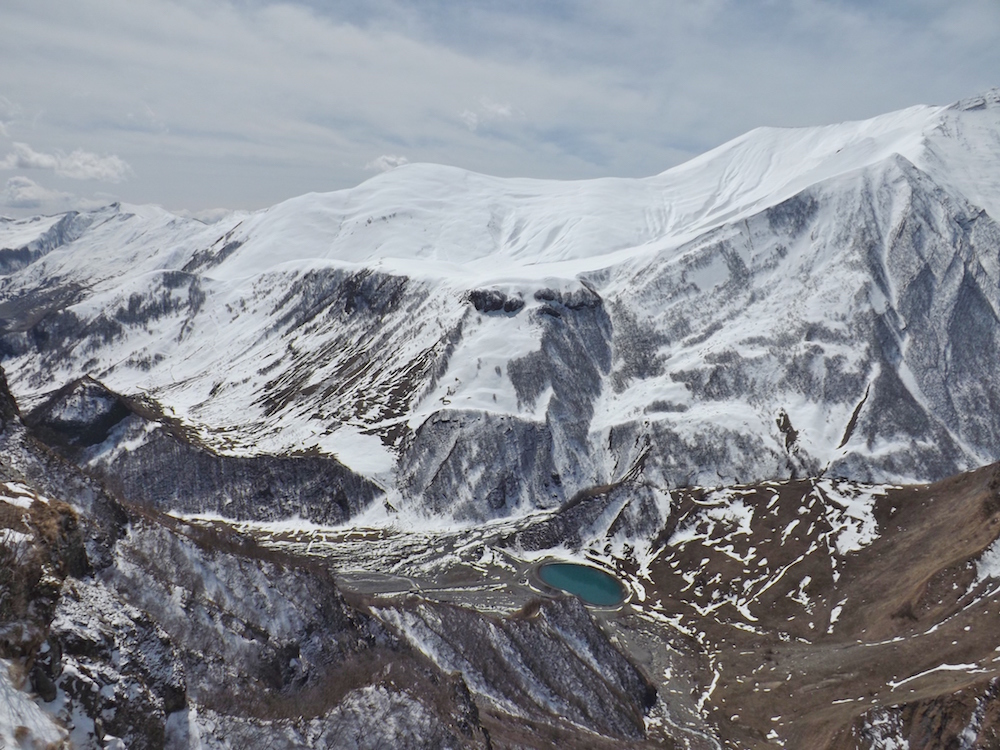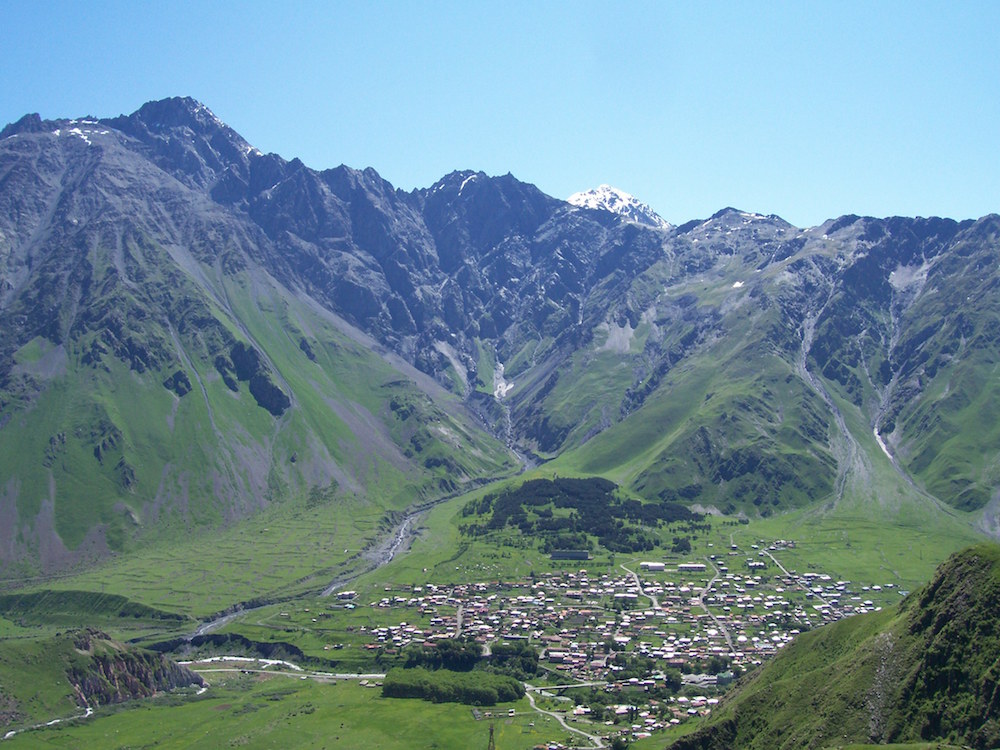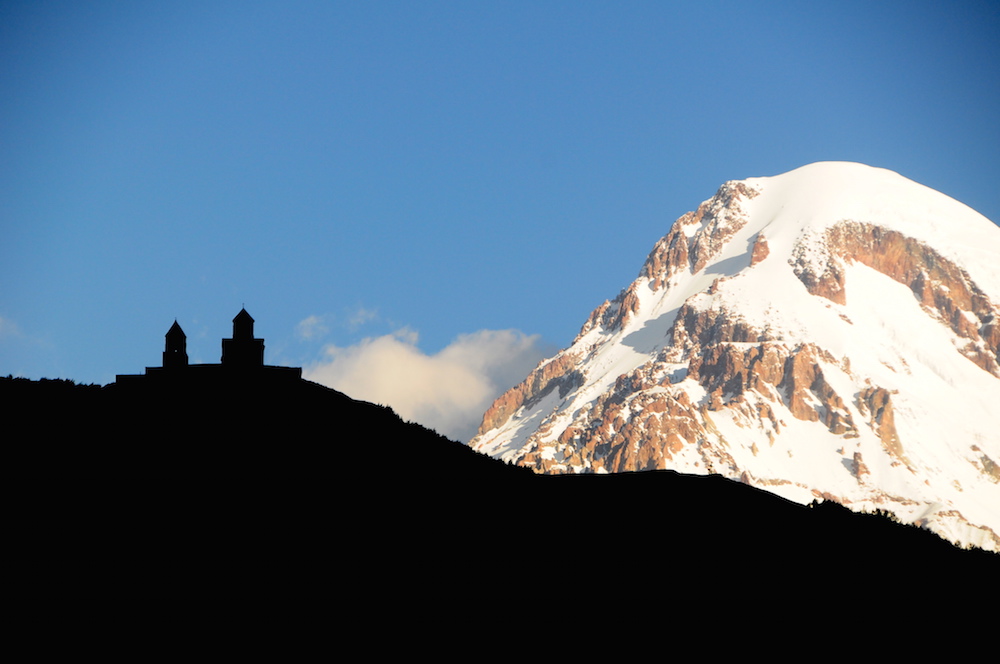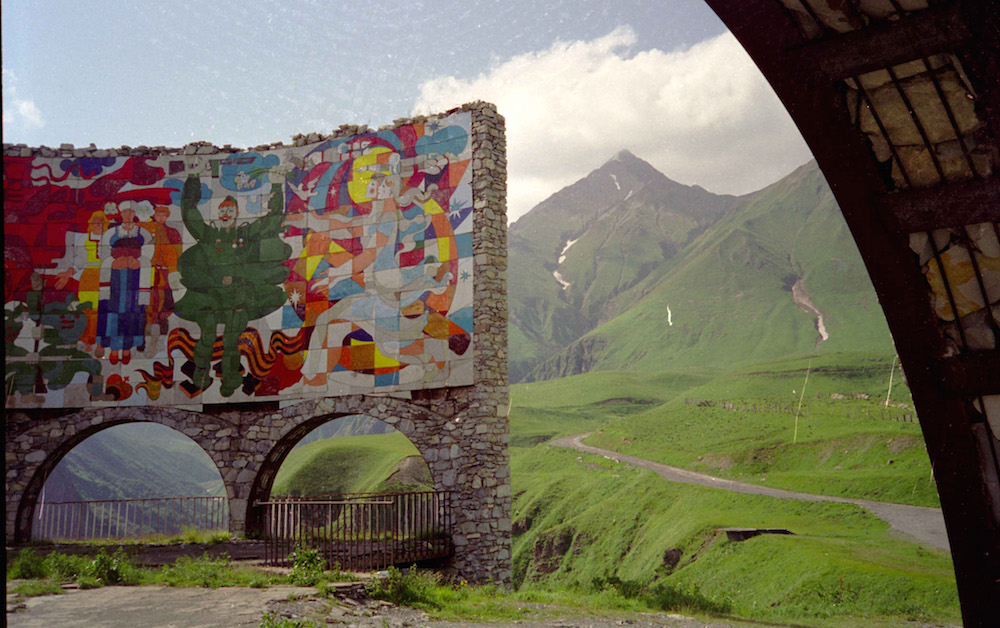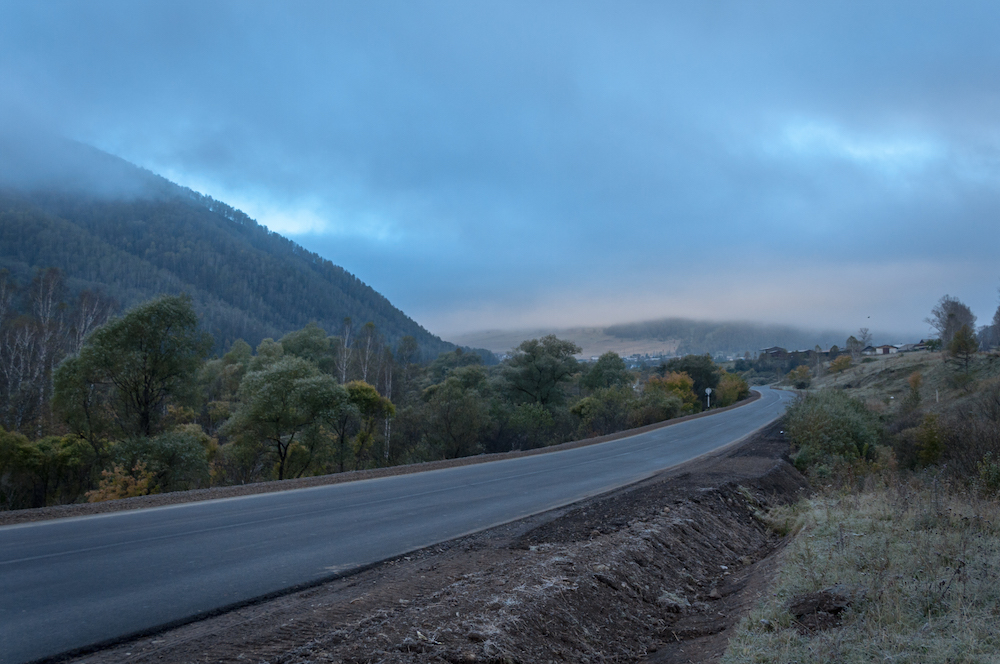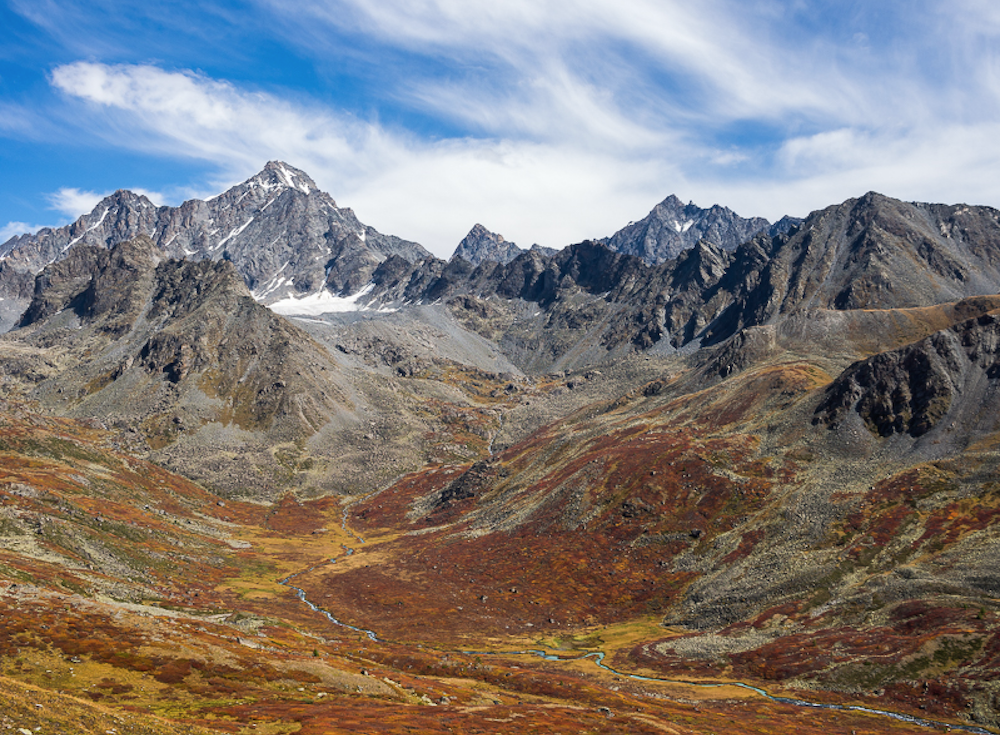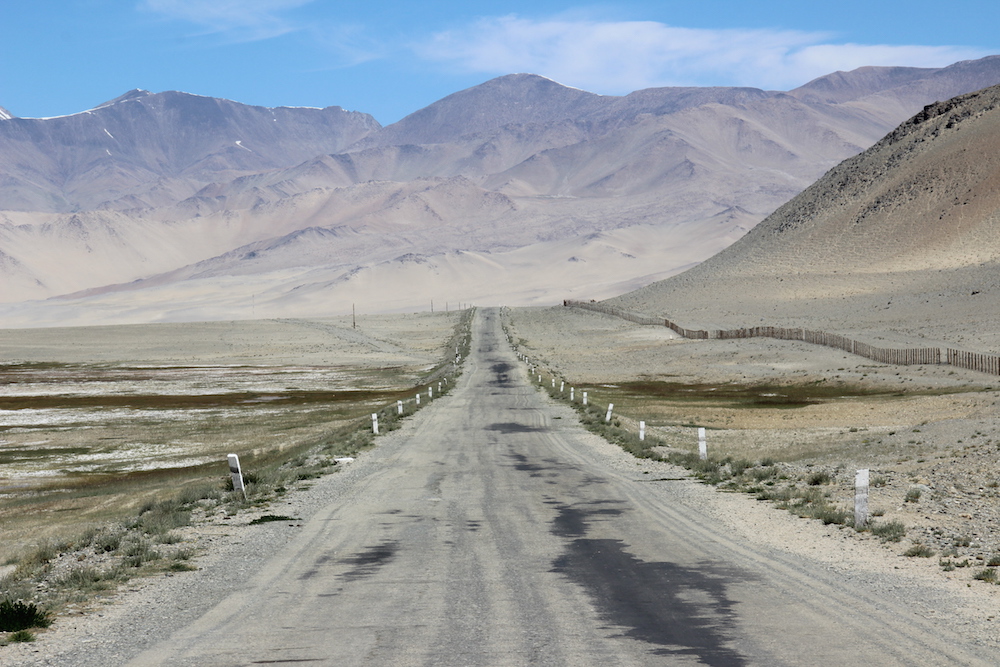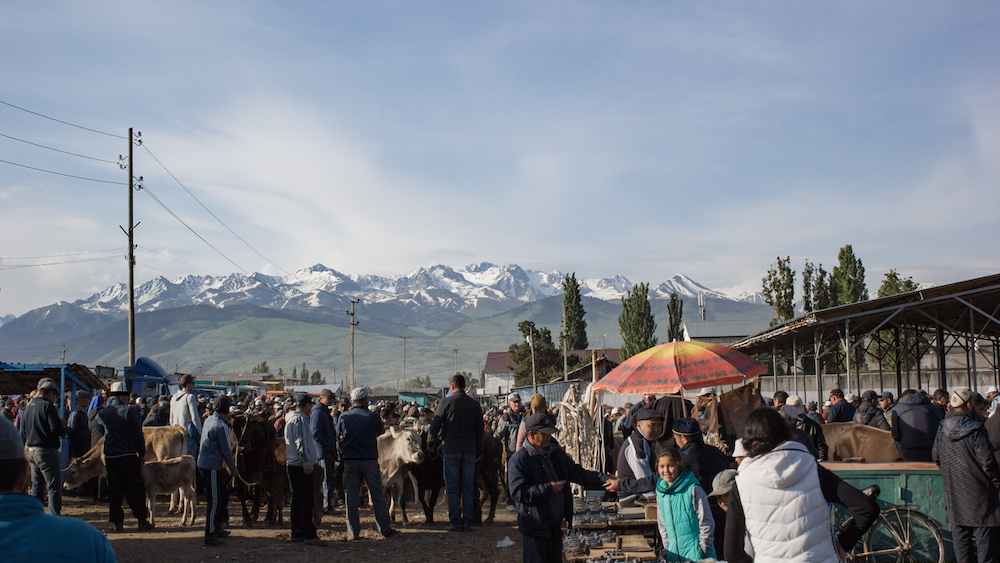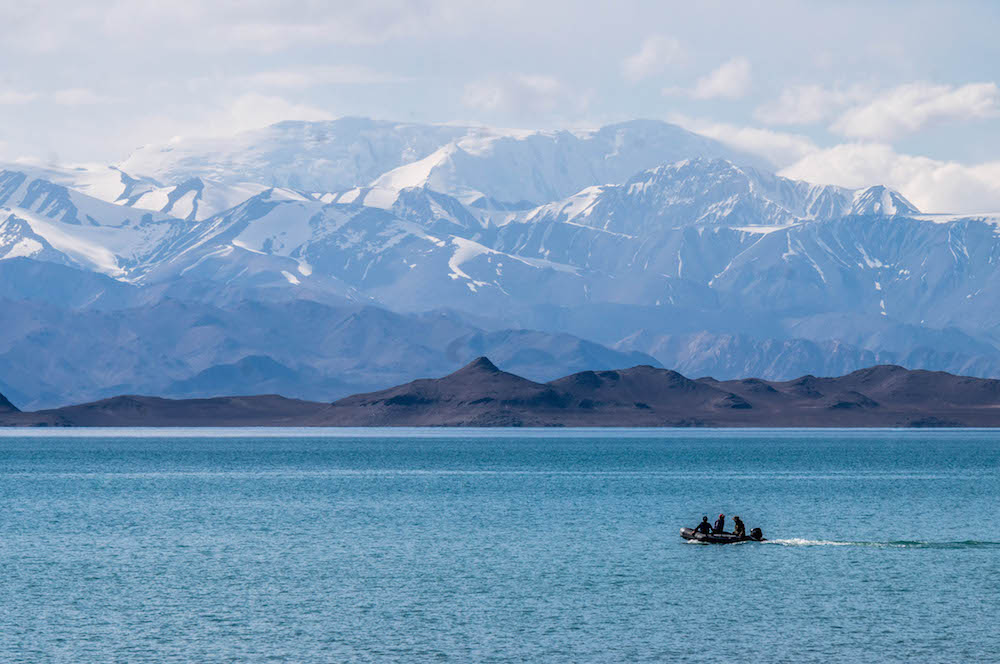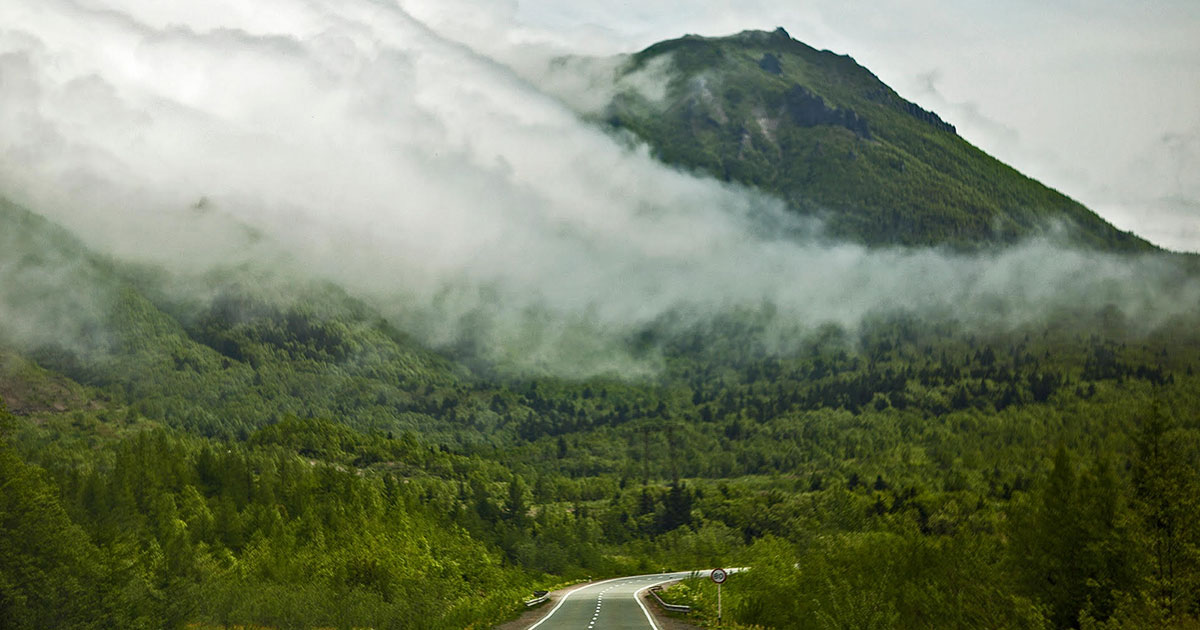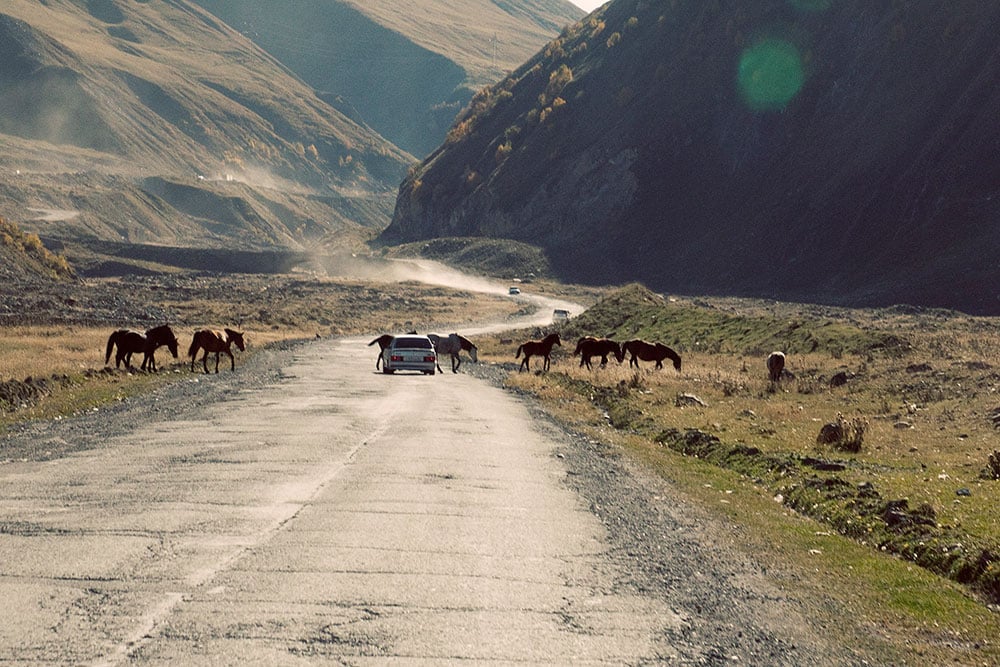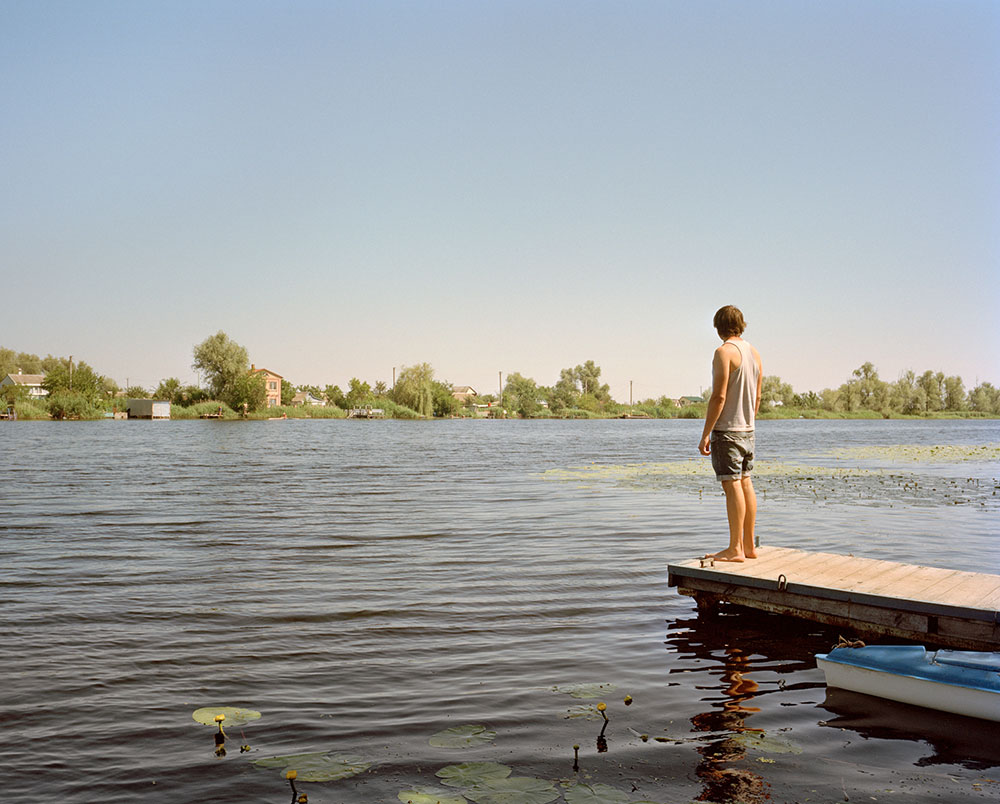5 stunning road trips from Montenegro to Mongolia
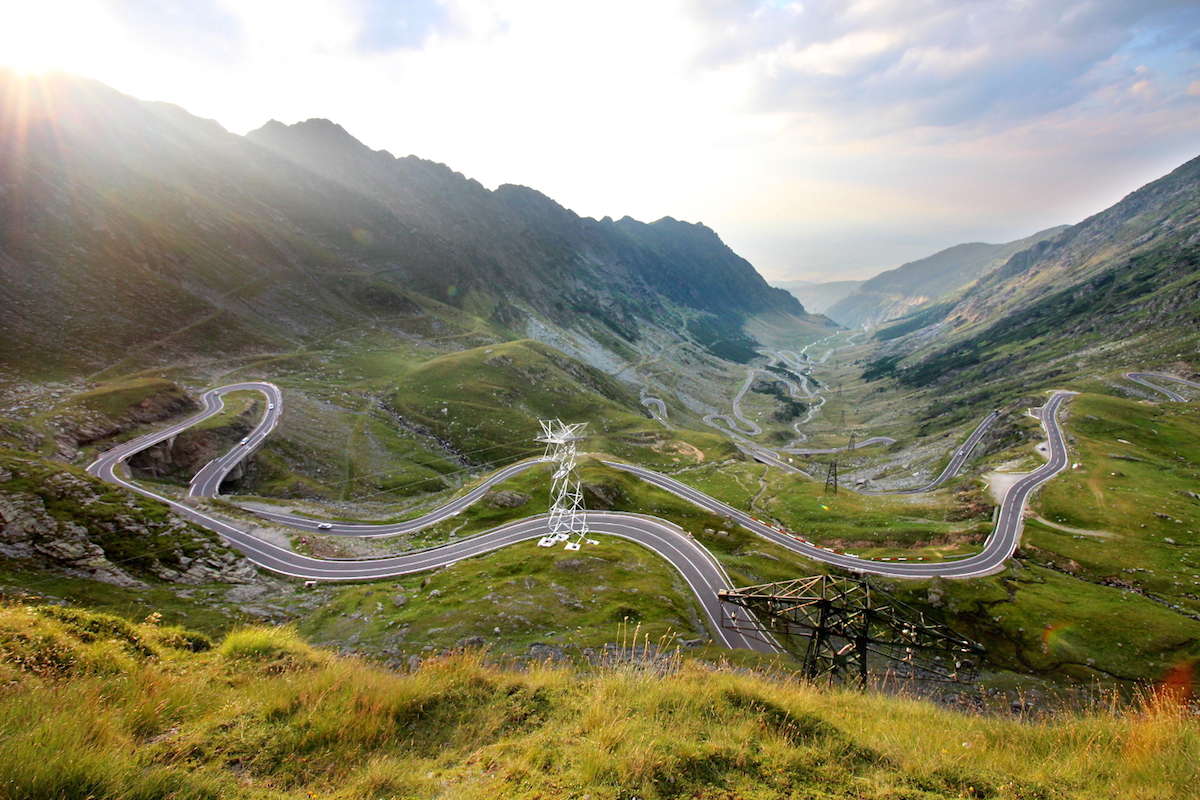
The New East’s mountains, deserts and coasts are the setting for some of the most breathtaking — and underappreciated — highways in the world. Get behind the wheel for these 5 road trips, from the Balkan riviera to the peaks of Central Asia
America’s Route 66? A vintage choice. Iceland’s Ring Road? Impressive enough. But while sticking to the classics might make for a comfortable adventure, aspiring globetrotters will never entirely be rid of the itch to break into unknown territory. Luckily for the discerning road-tripper, tired calls to “go west” have a found a timely antidote: head east.
The fall of the Iron Curtain opened up whole stretches of the planet that had been practically inaccessible for the better part of the 20th century — the decades since have seen travellers, at first cautiously and then voraciously, stream into the Caucasus, the Balkans, Siberia, Central Asia and every other cranny of the former Eastern Bloc. What they discovered for themselves is now history: vibrant cultures, complex histories, astonishing landscapes and, of course, some of the world’s best road trips.
The Transfăgărășan, Romania
It’s rumoured that, after witnessing 1968’s Soviet-led invasion of Czechoslovakia, Romanian dictator Nicolae Ceaușescu felt the need to build a military route through the Carpathians in case of foreign intervention. Rather than create a way through more accessible passes or river valleys, though, he decided to have the road built between the country’s highest peaks: Moldoveanu and Negoiu. With the dubious honour of having been highlighted on Top Gear as one of the best roads in the world, the Transfăgărășan might be the shortest trip on this list (90 kilometres) but it boasts some of Eastern Europe’s most exciting views.
The Transfăgărășan may be rivalled in altitude by another Romanian highway, the Transalpina, but travellers prepared to brave its heights and hairpin turns will find a wealth of compelling sites. Linking the regions of Transylvania and Wallachia, an itinerary going from north to south would include Bâlea Waterfall and Lake (the country’s highest) and Poenari Castle (home to Vlad the Impaler, the historical Dracula) before eventually joining the highway to Sibiu, former European Capital of Culture and home to Romania’s best-preserved old city.
Be ready to factor in two-three hours for the drive as the numerous turns lead to an average speed of 40 kilometres an hour. Depending on seasonal conditions, the road may be closed anytime from October to May.
The Dalmatian Coast, Croatia-Bosnia-Montenegro
The region’s name may only evoke images of the world-famous dog breed, but the Dalmatian coast, stretching down across three nations of the former Yugoslavia, rivals even the French and Italian rivieras. Start your journey in the Croatian city of Split, the region’s largest city, and explore the ruined villas of Roman emperors before heading south to enjoy the significantly less crowded beaches surrounding Makarska.
The next stop is perhaps the most puzzling — Neum is a sleepy wedge of Bosnia-Herzegovina sandwiched between two pieces of Croatia. While the two border checks on either side of the town may seem bothersome, coming up on the next major city reduces the memory of Balkan bureaucracy to an afterthought. Marketed as the jewel of old Venice (and used as the set for Game of Throne’s King’s Landing), Dubrovnik has famously become one of the most developed, if perhaps expensive, highlights on the Dalmatian coast.
Continue from there down past the Montenegrin border to the Bay of Kotor — skip the ferry and go for the coastal road around the bay to take in the hills, fishing villages and island church of Our Lady of the Rocks. You’ll be thankful you did.
Time permitting, a brief detour before Dubrovnik north to Mostar, the cultural centre of Herzegovina, is highly recommended. The city’s famous bridge, old Turkish quarter and nearby Kravica waterfalls are well worth the excursion.
The Georgian Military Highway, Georgia-Russia
Known for having been temporarily closed following the brief 2008 conflict between the neighbouring countries, the famous Georgian Military Highway has long since rehabilitated its image and proves the ultimate highlight of any road trip in the Caucasus.
Start in Vladikavkaz, Russia’s southernmost city, and make your way along the Terek river gorge to the Verkhny Lars border crossing, where the encroaching mountains will make even a brief stop at the checkpoint more than bearable. Once inside Georgia, the road rises up until you reach the base of Kazbek, one of the country’s famous peaks — most locals climb the opposite hill (starting from the village of Stepantsminda) to the peak’s Trinity Church for the best viewing spot. Paragliding instructors and horseback guides are easy to come by, making Stepantsminda (still known to the locals by its former name, “Kazbegi”) an ideal place to spend the a full day before moving on the next morning.
Be sure to stop off and explore the salt-rock formations along the road just before the Russia-Georgia Friendship Monument. Built in the USSR before the conflicts that de facto separated South Ossetia and Abkhazia from Georgian control, the monument is a circular half-wall perched on the edge of one of the country’s best views as well as a reminder of this rising nation’s complex history.
From there everything’s downhill through the serpentine Jvari pass, but be sure to treat yourself with a break by the famous lake at Ananuri. Its light blue, mountain water and fortified church are a necessary pick-me-up before braving rush hour in Tbilisi, Georgia’s busy capital.
The Chuysky Tract, Russia-Mongolia
Built by gulag prisoners in the 1930s on orders from Stalin, Siberia’s best kept secret is also its most stunning paved road. Starting from Novosibirsk and running nearly a 1000 kilometres over the border into Mongolia, it moves through the steppe before crossing into some of the more striking terrain in the Altai region.
The Russian Altai, divided after the Second World War into the Altai Krai and the Altai Autonomous Republic, boasts a mountain range that, unjustly, often ends up playing third fiddle to the better-known Caucasus and Urals. With the foothills only really starting once inside the republic, travellers will, in a span of an increasingly expansive 500 kilometres, watch the landscape rise into craggy peaks, river gorges and even patches of desert.
Gorno-Altaysk, the republic’s capital, is the best place to load up on supplies, as there aren’t any large towns until Tashanta on the border — spending a day taking in local sights, like the nearby Kamyn river valley and Devil’s Finger Rock, while getting one’s bearings is a must. It’s also the last Russian outpost before entering the territory of the Altai people, a distant cousin of the Tatars whose native culture and shamanic traditions are gradually disappearing in light of greater integration into Russia and the modern world.
Independent travellers, if in the mood, can leave the highway to visit sites like Chemal, with its island monastery of Patmos, or Saylyugemsky National Park, an epicentre for the conservation of threatened animals like the snow leopard and the Altai mountain sheep.
The Pamir Highway, Tajikistan-Kyrgyzstan
The title “Roof of the World” may have been appropriated by Tibet, but the moniker originally came from British cartographer John Wood’s 1838 description of the Pamirs. At the intersection of a number of the world’s highest ranges (including the Hindu Kush, the Tian Shan and the Himalayas), the Pamir plateau is mostly found inside Tajikistan’s remote and autonomous Gorno-Badakhshan province. The Pamir Highway, the only main road making its way across the whole region, winds through a stark landscape of high-altitude deserts, passes and valleys from Sary-Tash in Kyrgyzstan to the southern border with Afghanistan and all the way to Dushanbe, the nation’s capital.
Far from the easiest route on this list, a trip through the Pamir Highway is best made in a 4x4 equipped to handle road conditions that haven’t been improved since the end of the Second World War. While this does mean that a few hundred kilometres can take the greater part of a day, the chance to slowly take in the lonely peaks and glacial rivers perhaps proves the journey’s ultimate reward. Be sure to get everything you need in cities like Dushanbe, Khorog and Osh, as smaller towns are no stranger to shortages — if you get the chance to experience the robust hospitality of local Pamiris, however, be confident that you’ll want for nothing.
While your hosts will inevitably open their homes and kitchens free of charge, be sure to offer a thank-you sum of $10 for the night, or $15 including meals.
